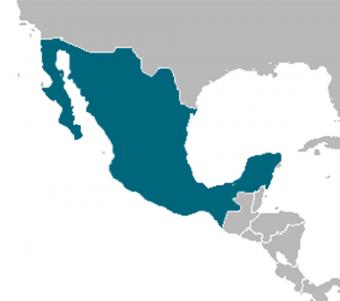Mexico
Recent Activity
This report reviews the history of immigration legislation since 9/11, the new enforcement mandates that arose immediately afterward, and the unsuccessful efforts to pass comprehensive immigration reform bills during the 109th and 110th Congresses.
This edited volume addresses the impact of the economic crisis in seven major immigrant-receiving countries: the United States, Germany, Ireland, Portugal, Spain, Sweden, and the United Kingdom.
Since 1970, the immigrant populations from Mexico and Central America living in the United States have increased significantly: rising by a factor of 20 even as the total U.S. immigrant population increased four-fold over the period. This demographic report examines the age, educational, and workforce characteristics of these immigrants.
Over the past half century, migration from Mexico and Central America to the United States has been driven in part by regional demographic and human-capital trends. As the U.S. labor force became better educated, fewer native workers accepted certain low-skilled jobs. This report offers a look at the economic changes that have coincided with a Mexican and Central American population boom.
Migrant-sending and migrant-receiving countries rarely collaborate on migration issues because the structure of global migration systems ensures they often disagree about core policy issues. This report shows that migration collaboration makes sense when states share common goals they cannot achieve on their own.
This edited volume examines the development impact of diasporas in six critical areas: entrepreneurship, capital markets, "nostalgia" trade and "heritage" tourism, philanthropy, volunteerism, and advocacy.
This report provides an overview of diaspora advocacy by looking at five issues: who participates in diaspora advocacy, who or what are the “targets” in these efforts, what means are used to advance these causes, what are the issues on which they focus, and the effectiveness of the efforts.




![featured_migrationandrecession[1]](https://www.migrationpolicyinstitute-europe.com/sites/default/files/styles/publication_thumbnail/public/pub_covers/featured_migrationandrecession%5B1%5D.jpg?itok=xiFpUORa)

